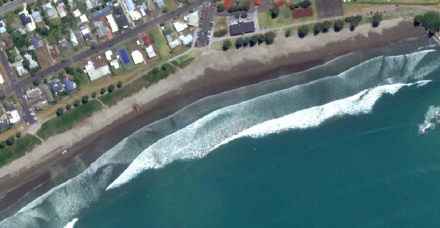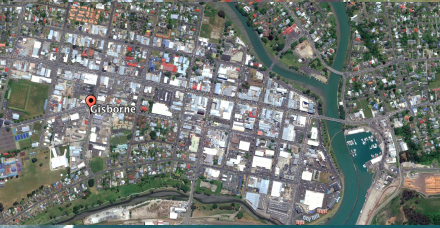Abstract
For some people living in Tūranganui-a-Kiwa, tsunami are recognised as a natural hazard that could threaten the entire East Cape region at any time.
However for most, an ethnographic study of local residents reveals high levels of complacency within the Gisborne urban community when it comes to being aware and prepared for tsunami risk.
A recent study by Dhellemmes, Leonard & Johnston (2016) was conducted along the East Coast of the North Island of Aotearoa to explore the changes of tsunami awareness and preparedness between 2003–2015. Results from this study revealed coastal communities including Tūranga had low levels of tsunami awareness and high expectations of receiving a formal warning before evacuation (Dhellemmes, et al. 2016).
As a result Geological and Nuclear Sciences (GNS) with the Joint Centre for Disaster Research (JCDR) have identified that the population needs to respond with urgency to natural warning signs (one being an earthquake) rather than assuming an official warning will come through formal Civil Defence channels. There is also a need to raise tsunami awareness by understanding what influences tsunami preparedness in communities.
The tangata whenua of Tūranganui-a-Kiwa hold various bodies of knowledge that can contribute to our society and future risk management. Māori oral traditions are often mapped to the whenua and anchored in our genealogies, which as King, Goff & Skipper (2007) explain enables the transfer of knowledge down through the generations. The method of acknowledging the contextual location of Tūranga is crucial in understanding the community’s need to raise tsunami awareness for their own iwi, hapū and whanau.
This process proposes that by allowing the community to share responsibility for their response to an unfolding crisis, it opens up new opportunities to raise awareness. This design-led research explores how Human-Centred-Design (HCD) methodology underpinned by Mātauranga Māori principles can contribute new ways of designing novel tsunami communications for Tūranganui-a-Kiwa. This project intends to create a site-specific work based on an extensive community-based design process.
Figure 2: Tūranga
View a short video on Niho Taniwha

